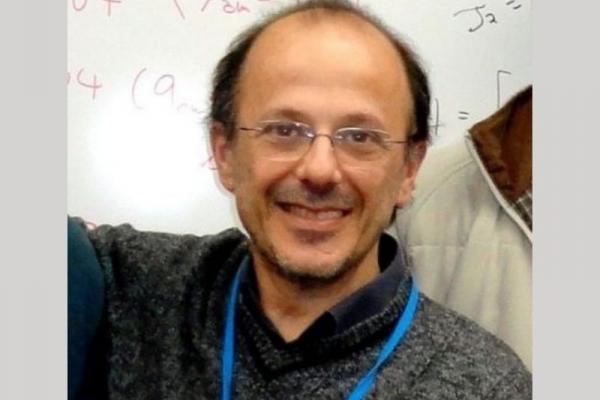Scuola Internazionale Superiore di Studi Avanzati
Scuola Internazionale Superiore di Studi Avanzati (SISSA) is a leading institute for research and postgraduate training on the national and international stage. Founded in 1978, SISSA is one of the seven schools of excellence in Italy and part of the Scientific System of the Friuli Venezia Giulia region. Research and training activities are grouped within three main areas: Physics, Mathematics and Neuroscience. The Condensed-Matter Theory group of SISSA is considered to be the cradle of computer simulation of materials in Italy, and one of the most important centres in Europe. This is the home of many important innovations in electronic-structure theory (for instance the Car Parrinello method, to mention the most famous one), based on Density Functional Theory and quantum Monte Carlo. SISSA is the host of a yearly international summer school in cooperation with CECAM and Scuola Normale Superiore di Pisa (SNS), attracting graduate and PhD students interested in advanced techniques in computational physics and coordinates the Master in high performance computing in cooperation with the Abdus Salam International Centre for Theoretical Physics.
Role in TREX
In TREX, SISSA will contribute to WP1-2 and WP5-6 via the scientific, technical, and coordination activities of Sorella and Moroni together with the temporary staff hired for this project. The first contributor will be involved in WP1 for designing the QMCkl library. will coordinate WP2 for the modularization and interfacing of the flagship codes and will contribute to WP5 with specific demonstrations on high-temperature superconducting materials. The second contributor will be responsible for the creation of a human-readable library for the flagship codes in WP1. The school will be involved in several events planned for the successful realization of WP6, under the coordination and the active participation of all the SISSA group.
Relevant infrastructures and facilities
SISSA hosts a tier-2 HPC system providing 60+ million core hours a year. The technical specs of the system are as follows. 224 bi-processor nodes (IBM Dataplex dx360 M4, Intel Xeon E5-2680 v2 10 cores and 20 threads each, and 88 bi-processors nodes (Intel Xeon E5 2683 V4 16 core and 32 threads each, for a total of 7296 cores) with 2 GB/core. 8 nodes are equipped with GPU NVIDIA P100 Pascal.










